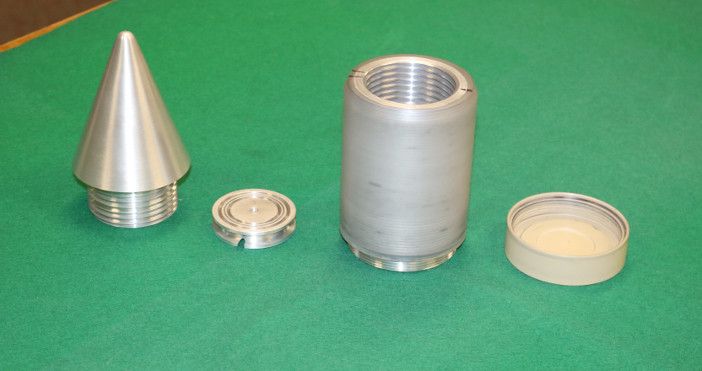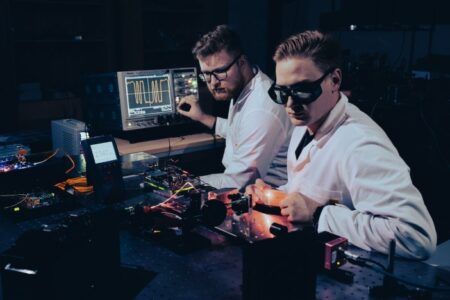Engineers from the USA are developing a telemetry capability that will gather, transmit and record data for projectiles traveling at speeds of more than 13,000mph and experiencing more than 25,000g.
The telemetry technology is being developed at the US Air Force’s Arnold Engineering Development Complex (AEDC) in Tennessee by its Space and Missiles Combined Test Force, so that boundary layer transition (BLT) can be studied in projectiles.
Projectiles experience BLT, the transition from laminar to turbulent flow, when traveling at very high speeds. The specific location along the projectile body where BLT occurs is a critical parameter that effects the flight dynamics of the projectile.
Elvis Encalada, electrical engineer at the AEDC, said, “The main idea is to have the instrumentation and electronics inside the launched projectile. The electronics will collect the BLT data and wirelessly transmit it. Reception antennas will be placed along the range and used to collect the transmitted data which then goes to an RF receiver, and ultimately, a computer.
“The projectile has multiple components and is made of multiple materials,” Encalada said. “It had to accommodate a standalone electronics package, an antenna with a detachable radome made out of a material that had not been used in Range G before, and multiple integrated sensors – all in such a way that it can withstand the extreme pressures of the light gas in the barrel and g-forces upon acceleration and still function and fly.”
The project has also involved a team from the US Army’s Research Lab, which led the development of the design for the transmitting antenna and the telemetry electronics and assisted in the process of properly integrating the electronics and mechanical bodies.
“The AEDC electronics collects instrumentation data and passes the digital data on to the telemetry electronics and transmitting antenna. The projectile body was designed to enclose all of the electronics and the instruments used,” Encalada said.
The electronics and the housing were integrated and tested at the Aberdeen Proving Grounds and Adelphi Laboratory Center (ALC) in Maryland.
Encalada said, “Without proper potting, the electronics or crucial connection points would be damaged or crushed under its own weight when experiencing high g-forces.
“The ALC has an air gun facility which operates similar to Range G, except on a much smaller scale and shorter time periods,” Encalada said. “Using the air gun, we were able to determine that the electronics can survive up to 23,000Gs.”
Testing of the telemetry package in Range G at Arnold is anticipated to take place sometime next year.
“We hope that the end result will be that AEDC test customers will receive critical data about boundary layer transition during hypersonic flight and hypervelocity impacts that were previously unable to be measured,” Encalada said.





